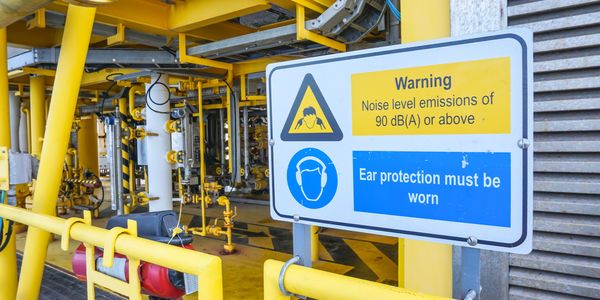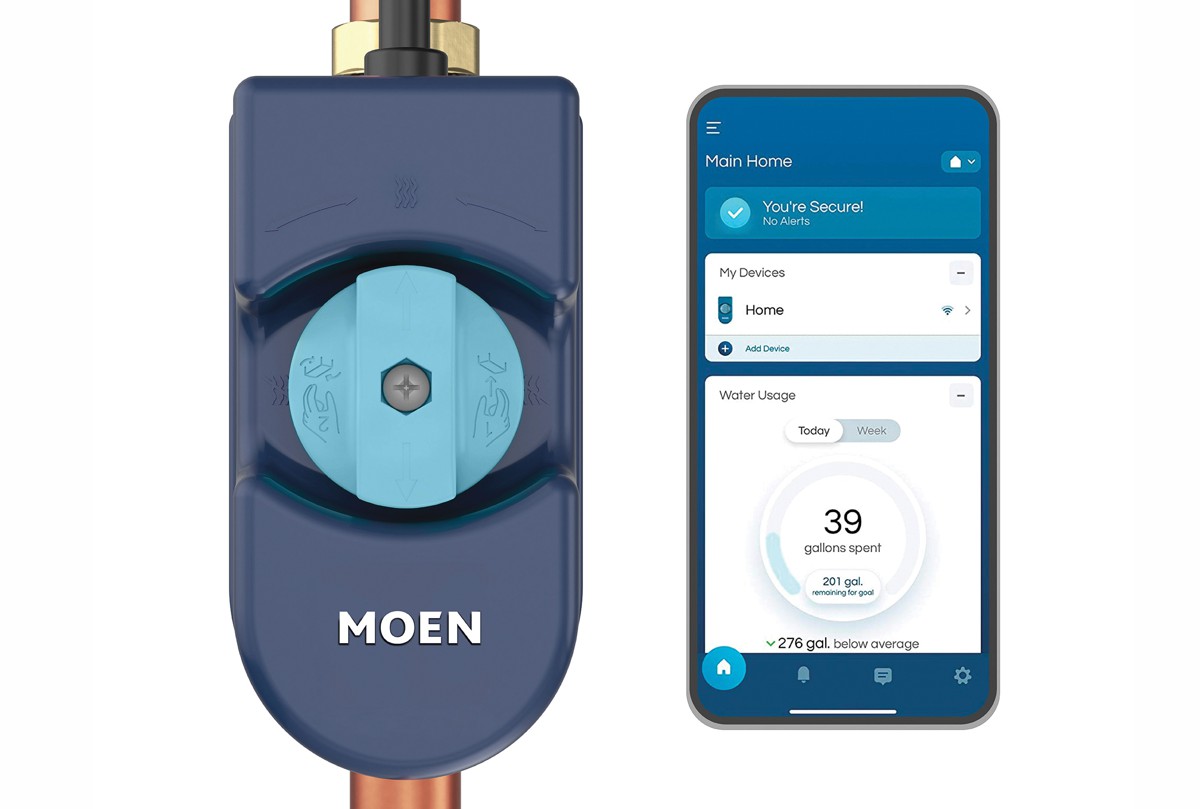Communication in a High-Noise Construction Environment
Noise can have a negative effect on the everyday worker’s health. It can lead to all sorts of complications, including permanent hearing loss.
Furthermore, the workflow of a company is hindered if there’s no proper communication between the employees. Noisy environments make it exceptionally hard to talk with a colleague or an employer. Without communication, production goes down, and revenues start dipping shortly after.
Many people, including business owners, don’t realize just how common noise is as a problem in the workplace. Right now, over 9 million Americans are exposed to high levels of noise on a daily basis. That amounts to millions of cases of miscommunication, i.e., millions of dollars lost. And yes, construction is definitely one industry where a huge chunk of these American workers are exposed to noise.
So, how do we solve this issue? Is there a way you can communicate in a high-noise environment such as a construction site? Moreover, can it be done effectively and safely, all while managing the high demand or the heavy workload? We aim to answer those questions and more in this very article.
What Is Noise?
Noise is typically defined as a collection of infinite single source frequencies. Of course, some sounds might be classified as noise to certain people, while others might not mind them or even enjoy them. After all, the audible frequency of the human ear has quite a wide range, stretching between 20Hz and 20000 Hz.
Depending on the environment, noise levels can vary. For example, casual conversation noises register at around 60 A-weighted decibels (dBA), which is fairly moderate. A business office environment will have a noise level of 65 dBA. On the other hand, environments such as construction sites will often register a noise level around 85 dBA and beyond. 85 dBA is considered to be past the threshold of damage to the human ear. According to the US Occupational Health and Safety Administration, if you work in such an environment for an 8-hour time-weighted average, you have to wear some sort of hearing protection.
Can a Noisy Environment Harm You, and How?
According to a 2017 study by the Centers for Disease Control and Prevention, as many as 40 million adults in the US might have some type of hearing loss that resulted from working in a noisy environment. However, we should note that noise-induced hearing loss doesn’t always come from exposure to loud bursts of sound in a short time period. In fact, continued exposure to moderate levels of noise can also lead to this health issue. In other words, you are more likely to suffer permanent hearing loss from constantly working at a construction site than from hearing a sudden gas explosion somewhere in your neighbourhood. An indicator of hearing loss known as tinnitus (ringing in one’s ears) is also a result of working in a noisy environment.
But hearing loss is just one of many negative effects of exposure to noise. For instance, too much noise can have an effect on the cardiovascular system. Our bodies will release high levels of catecholamines, i.e., hormones that are linked to stress, in our blood systems.. And while we’re on the subject, constant loud sounds can be one of many factors that contribute to occupational stress, which can affect our health in various ways. Furthermore, the noise can distract the worker, making them prone to human error in the workplace. That can be especially dangerous when handling equipment such as power tools at a construction site.
How to Communicate in a High-Noise Environment
Obviously, as either an employer or an employee, you will need to find a way to communicate in a high-noise environment. Most people would simply try to raise their voice over the noise in an attempt to make the person on the other end hear them. However, that is far from the most effective way to communicate. If anything, it just brings more noise and results in people straining or even damaging their vocal cords.
Luckily, there are some effective ways to go around the noise, and we’ll list a few of them below.

Investing in a High-Noise Headset
By far, the most common option for most workers and employers is a high-noise headset. Such headsets usually tend to isolate your ears from all of the unwanted noise but retain the basic ambient sounds. In other words, you will be able to hear the conversation but none of the din from the power tools will be getting through. Furthermore, each of these headsets comes with a noise-cancelling microphone, allowing you to communicate with other colleagues wearing similar headsets.
Simple, Effective Visual Cues and Signals
Let’s say that you’re at the bottom of the building and you require the worker above you to lower a bucket or a wheelbarrow via a mini-crane. Instead of shouting at him to do it, simply raise a hand or point a number of fingers. The workers that pay attention to the ground will pick up on the cue and lower the goods to you, and once you unhook them from the crane, signal them back again to lift the hook back up.
A short list of simple visual cues for everyday tasks can save you and your co-workers a lot of time and stress. Moreover, they will reduce the need to shout and add to the noise already there.
Pre-Coded Short Messages
Pre-coded short messages are similar to visual cues, but instead of showing, you’re telling. In other words, you’re using as few sounds as possible to get your message across, thus not adding to the overall noise. Simple lines like ‘Pull!’, ‘Hoist!’, ‘Up!’, ‘Down!’, etc., can greatly improve communication in the workplace. Of course, just like with visual cues, your co-workers have to agree on one set of messages that everyone will understand.
Frequent Silence Breaks
It might be difficult to do this in a construction site, but if you can, make sure to take silence breaks every once in a while. For instance, try to isolate yourself in a quiet room for about 5–10 minutes. Make sure you are away from the sounds of power tools, shouting, etc. That way you will have a higher chance of keeping your hearing intact.
A Workplace Silence Policy
If you own a construction company, discuss a workplace silence policy with your employees. Prescribe a specific time of day where your workers can turn off the equipment and enjoy the silence. It will benefit their health greatly and increase productivity. On the other hand, if you’re a worker, don’t be afraid to propose a similar policy to your employer. Also, make sure to highlight all of the potential benefits they could reap from it.

Final Thoughts
Ultimately, you won’t be able to avoid all of the noise in a construction environment, even with the best of tools and techniques. But the methods listed in this article will still help your work environment run smoothly. More importantly, they might just help save your hearing from any substantial damage down the line.














